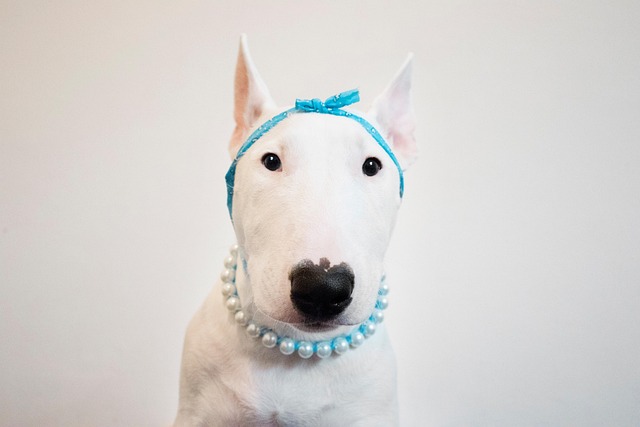
How can I tell if my dog's heatstroke is serious
Let’s be real: It’s a sticky August morning in Los Angeles, and you took your 2-year-old Golden Retriever, Max, for a walk a little later than usual
Many dog owners notice their pups turning up their noses at food after a dental cleaning, and it’s easy to panic. But in most cases, this temporary loss of appetite is actually quite common. The procedure involves anesthesia, which can leave a dog feeling groggy or nauseous for 12 to 24 hours. Think of it like how you might skip a meal after a trip to the dentist—your mouth feels strange, and you’re not quite ready for solid food.
Vets often recommend starting with soft foods, like canned pumpkin or warm broth, to ease a dog back into eating. This isn’t just about comfort; in places like the UK, where animal welfare laws require owners to provide adequate nutrition, ensuring your dog eats post-procedure is part of responsible care. A day or two of reduced appetite is usually fine, but longer could signal issues.
 Dental work can leave soreness in the gums, making hard kibble uncomfortable to chew. Some dogs associate the discomfort with eating, leading them to avoid food temporarily. In Germany, where strict regulations govern pet care, vets might suggest switching to wet food for a few days to encourage eating. It’s a simple adjustment that aligns with both the dog’s comfort and local guidelines on animal well-being.
Dental work can leave soreness in the gums, making hard kibble uncomfortable to chew. Some dogs associate the discomfort with eating, leading them to avoid food temporarily. In Germany, where strict regulations govern pet care, vets might suggest switching to wet food for a few days to encourage eating. It’s a simple adjustment that aligns with both the dog’s comfort and local guidelines on animal well-being.
Keep an eye out for red flags, though. If your dog refuses water, vomits repeatedly, or shows signs of extreme lethargy, it’s time to call the vet. These could indicate complications from anesthesia or an infection, which require prompt attention. In the US, where state laws vary but generally mandate timely veterinary care for suffering animals, addressing these symptoms quickly isn’t just kind—it’s often a legal obligation.
Most dogs bounce back within 48 hours, returning to their regular eating habits once the grogginess fades and gum soreness subsides. Offering small, enticing meals and avoiding anything too cold or hard can help speed up this process. Remember, every dog is different, but a little patience and gentle encouragement go a long way. If you’re ever unsure, reaching out to your vet ensures you’re following both the best care practices and local regulations—keeping your pup happy, healthy, and compliant.

Let’s be real: It’s a sticky August morning in Los Angeles, and you took your 2-year-old Golden Retriever, Max, for a walk a little later than usual

You're enjoying a summer afternoon at the park when you notice your dog has stopped panting and appears disoriented - their gums are bright red

Let’s paint the picture: You’re in your Denver apartment, watching your 4-year-old Boston Terrier, Ruby, plop down mid-play session with her favorite toy

Many dog owners notice their pets nails seem shorter after regular walks,but how much does this daily activity actually help?The answer depends on where you walk—concrete sidewalks or asphalt streets gently file nails as a dog's paws hit the ground

Most dog owners notice their pup scooting across the carpet at some point, but few connect it to impacted anal glands. These small sacs near a dog’s rectum secrete a scent for marking territory

Most vets agree that regular dog teeth cleaning is key to avoiding painful dental issues later. For healthy adult dogs, a professional cleaning at the vet’s office every 12 to 18 months usually works well.